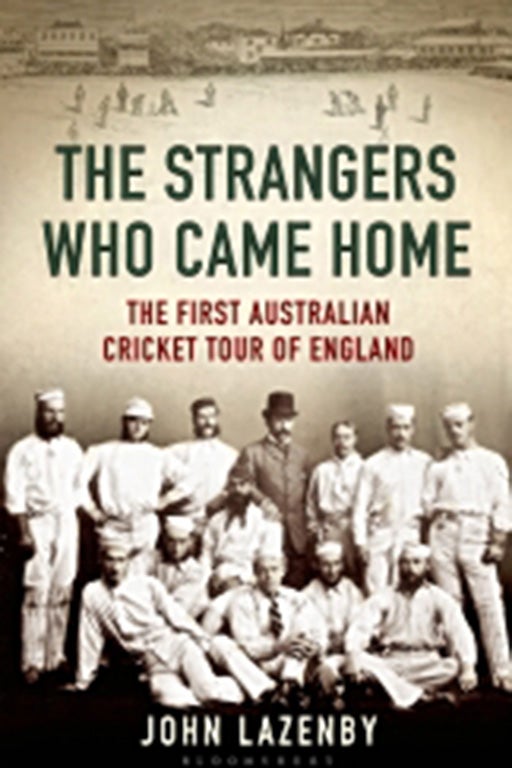Book of the week: The Strangers Who Came Home by John Lazenby
Published in hardback by Bloomsbury, £18.99

Your support helps us to tell the story
From reproductive rights to climate change to Big Tech, The Independent is on the ground when the story is developing. Whether it's investigating the financials of Elon Musk's pro-Trump PAC or producing our latest documentary, 'The A Word', which shines a light on the American women fighting for reproductive rights, we know how important it is to parse out the facts from the messaging.
At such a critical moment in US history, we need reporters on the ground. Your donation allows us to keep sending journalists to speak to both sides of the story.
The Independent is trusted by Americans across the entire political spectrum. And unlike many other quality news outlets, we choose not to lock Americans out of our reporting and analysis with paywalls. We believe quality journalism should be available to everyone, paid for by those who can afford it.
Your support makes all the difference.Fears of player burn-out caused by England’s crowded schedule over the coming year would have provoked hollow laughter from the 11 Australian cricketers who arrived in Liverpool on 13 May 1878.
Before they departed just over four months later to continue their tour in the US, Canada and Australia, they had played 37 matches of varying duration throughout Britain, often on mudheaps in miserable weather and literally against the odds – in those days, supposedly weaker opponents would routinely field up to 22 players. And they had done so with no reserves, apart from the odd borrowed player.
They were not the first cricket tourists from their continent – an Aboriginal team had toured England 10 years earlier, winning as many games as they lost, before governmental prejudice back home stymied their progress.
The latter’s memory lingered on, causing confusion; a member of the 1878 Eleven recalled an onlooker in Nottingham exclaiming: “Whoy, Billy, they bean’t black at all; they’re as white as wuz!” The new arrivals excited interest, and crowds, wherever they went; when they played in Burnley, all the factories and mills closed to allow workers to attend.
By far their most significant game was against a strong MCC side including W G Grace at Lord’s, when they silenced those who had sneered that the tour was “a jumped-up piece of conceit” by bowling out MCC for 33 in the first innings and 19 in the second, to thrash them in a day by nine wickets, Fred “The Demon” Spofforth taking 10-20.
The result marked a coming of age for cricket in the colony, giving them a self-belief they were never to lose.
In John Lazenby’s deft hands, aided by a generous selection of photographs and illustrations, the tour and its participants come vibrantly alive as he guides the reader through the Eleven’s epic journey, which comprised 72 matches in all, with a sure hand and eye for arresting detail, to produce a cracking yarn.
Join our commenting forum
Join thought-provoking conversations, follow other Independent readers and see their replies
Comments